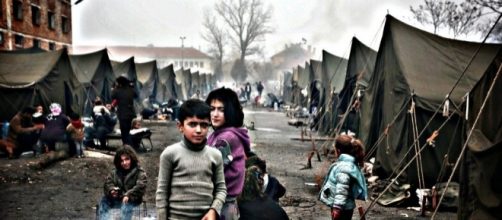Russia has struck a deal with Turkey and Iran to create "de-escalation zones" which are located in mostly opposition-held parts of Syria. America did send a senior White House official to the Kazakh capital of Astana where the deal was signed, but they did not have any role other than being an observer.
An official with the U.S. State Department has said the Russian proposal is unacceptable because it is intended to bar U.S. military aircraft from flying over designated safe zones which would not be in line with the mission of the U.S. against ISIS.
The official also added that the coalition will continue to strike ISIS targets in Syria in its campaign to wipe them out.
The effect of the safe zones
According to Fox News, the plan drawn up by Russia is seen as the latest international attempt to reduce violence in the war-ravaged country. It envisages armed foreign monitors on the ground in Syria and is at a variance to the earlier concept of unarmed observers who were deployed in the early years of the Syrian conflict.
The United States is not a party to the agreement while the Syrian rivals have also not signed on the deal. They feel the proposal lacks legitimacy. The details are yet to be finalized hence, the implementation of the cease-fire or "de-escalation zones" will have to wait for the release of the finalized maps.
It is a complicated issue that does not have a readymade solution because the airspace over Syria is too crowded and there will be a ban on all aircraft flying over the safe zones.
How will the plan be implemented?
The Safe Zone plan is believed to be the brainchild of Russia and Iran who are important allies of President Bashar al-Assad.
Obviously, the rebels who are trying to topple the regime of Bashar al-Assad are unhappy with the role of Iran and lay the blame on the power that is responsible for fueling the conflict that has been raging in Syria for seven years. It has taken thousands of innocent lives and displaced people from their homes who have fled to neighboring countries as refugees.
It has gradually become a global humanitarian problem with no apparent solution in sight.
Implementation of the safe zone plan would affect flightpaths of U.S.-led coalition warplanes and, once implemented, it would mean the airspace for U.S. Air Force would be restricted. The unrest in Syria has had an adverse effect not only in the Middle East but also in Europe due to the influx of refugees.


